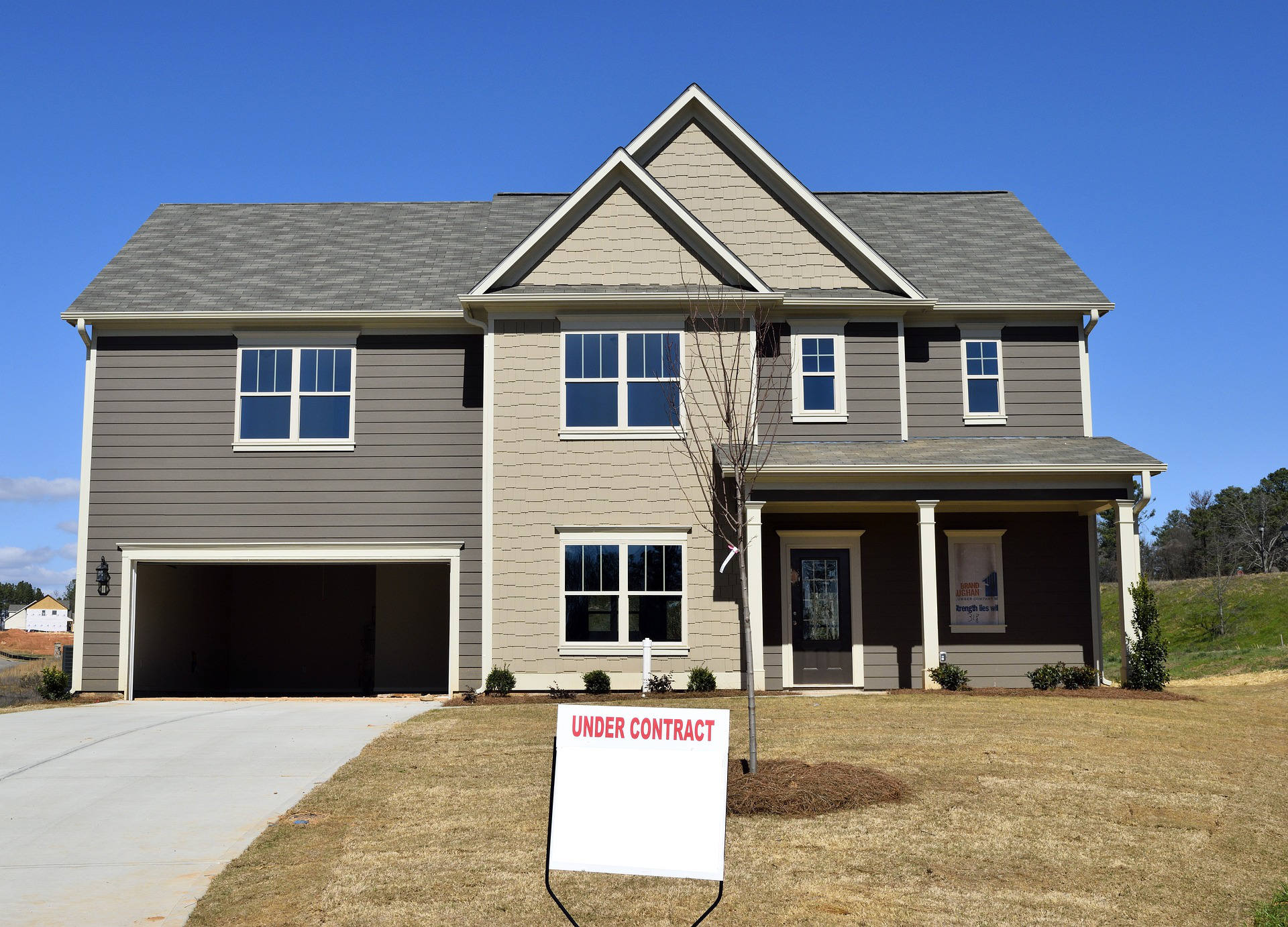Understanding Radon Mitigation Systems
Radon mitigation systems are essential installations in homes that function to reduce radon gas to safe levels, typically defined by the EPA as 3.9 or lower. Despite mitigation efforts, homeowners must understand that some level of radon gas may still persist, necessitating ongoing monitoring and testing to ensure the system’s effectiveness.
Importance of Radon Testing
The primary and most reliable method to ascertain the functionality of a radon mitigation system is through regular testing. Post-installation, homeowners should conduct an initial radon test within two weeks to verify immediate results. Following this, testing every two years is recommended, alongside specific instances such as changes in ownership, renovations, or upgrades to HVAC systems. This proactive approach allows for timely adjustments and makes sure your home is in the safe range for radon gas.
The Role of the Manometer
A common misconception among homeowners is the belief that the manometer, a device often included with radon mitigation systems, measures radon levels. The manometer monitors the system’s operational status by indicating pressure levels. When the radon fan is active, it creates suction within the system, causing the manometer fluid to show movement. If the fluid level remains stable, it indicates that the fan may not be functioning correctly, potentially allowing radon levels to rise. Regularly checking the manometer provides homeowners with a convenient method to ensure the system is operational.
Monitoring Devices vs. Short-term Tests
While monitoring devices offer continuous readings of radon levels within the home, they should not replace professional short-term tests. These tests, conducted by certified radon measurement professionals using calibrated equipment approved by the National Radon Proficiency Program (NRPP), provide accurate assessments. Professional tests are essential for obtaining detailed radon reports, which are valuable for understanding the effectiveness of mitigation systems and ensuring compliance with safety standards.
Radon Mitigation System Variations
Radon mitigation systems come in various configurations tailored to different home layouts and construction methods across the United States. These include exterior radon systems, attic-mounted systems, roof-vented configurations, and passive systems installed during new construction. Standards established by organizations like the American Association of Radon Scientists and Technologists (AARST) and local building codes ensure that installations meet rigorous criteria for effectiveness and safety.
Key Indicators of Effective Radon Mitigation Systems
Radon Level Testing
Regular testing using affordable kits or electronic monitors equipped with alarms provides ongoing monitoring of radon levels. Homeowners should prioritize using licensed professionals for periodic assessments to validate mitigation efficacy and promptly address potential issues.
System Monitoring
Installation of a manometer or similar indicator allows homeowners to monitor the operational status of the radon mitigation system. Regular checks ensure the radon fan is continuously running, maintaining the necessary suction to reduce radon levels effectively.
Exhaust Location
Proper placement of the radon vent is critical to preventing radon re-entry into the home. The exhaust should extend at least ten feet above ground level, two feet above windows or doors, and away from mechanical intakes like evaporative coolers. This positioning minimizes the risk of radon gas being drawn back into living spaces, maintaining indoor air quality.
Coverage and Design
Adequate system design is essential for effectively mitigating radon across the home’s entire footprint. Homes with multiple levels, crawl spaces, or expansive floor areas may require multiple suction points to ensure comprehensive coverage. Conducting radon tests in various locations within the home, including basements and rooms above crawl spaces, helps confirm that the system addresses all potential sources of radon ingress.
Conclusion
Maintaining a functional radon mitigation system involves a proactive approach that includes regular testing, monitoring system operation, adhering to installation standards, and seeking professional assessments. By integrating these practices into home maintenance routines, homeowners can effectively manage radon levels and safeguard their households against the health risks associated with radon exposure. With proper oversight and adherence to best practices, homes can remain safe and healthy environments for residents and visitors alike.





